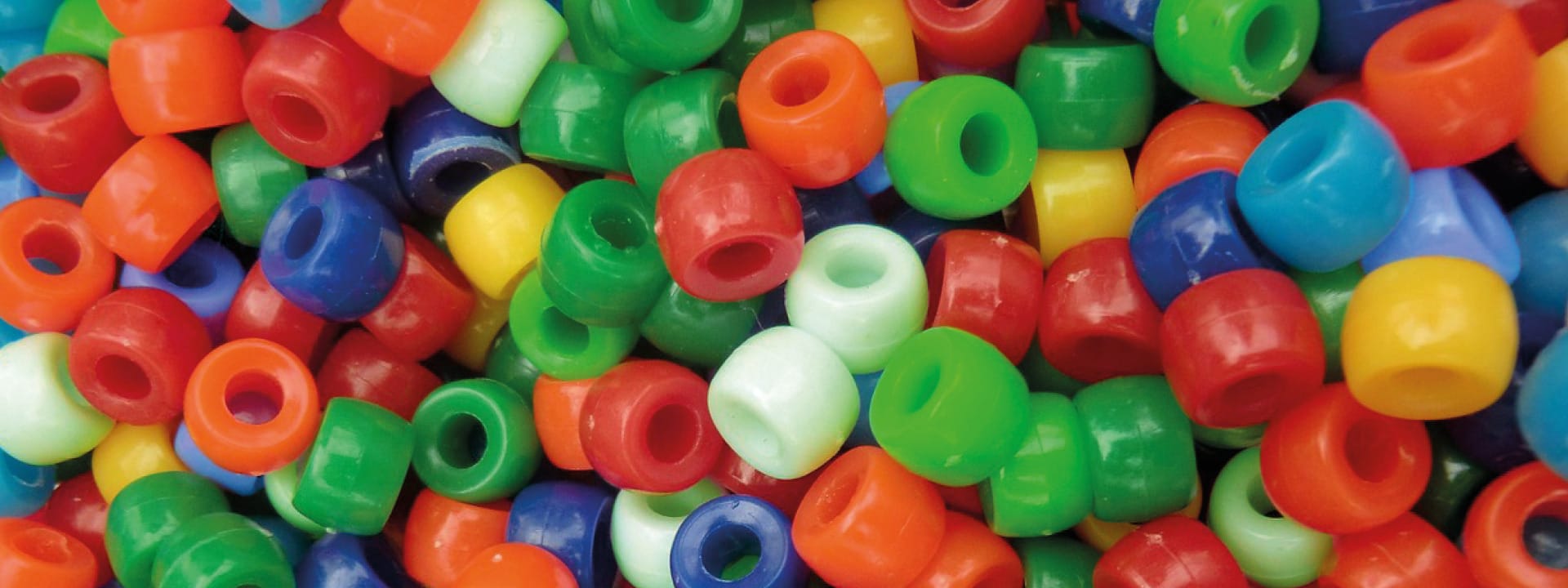Sequencing Bracelets

In this activity, learners make a bracelet of DNA sequence from organisms including a human, chimpanzee, butterfly, carnivorous plant or flesh-eating bacteria.
DNA contains a chemical code that is made up of four bases: adenine, cytosine, guanine and thymine (A, C, G and T for short). These bases always pair together in the same way: A with T, and C with G. This code guides the growth, development and health of organisms.
This activity is an enjoyable way of exploring the basics of DNA sequences and complementary base pairing. Learners are given a DNA sequence for an organism, and use this to make one strand of your bracelet and then create the other strand using the basic rules of base pairing.